SCAMPER method
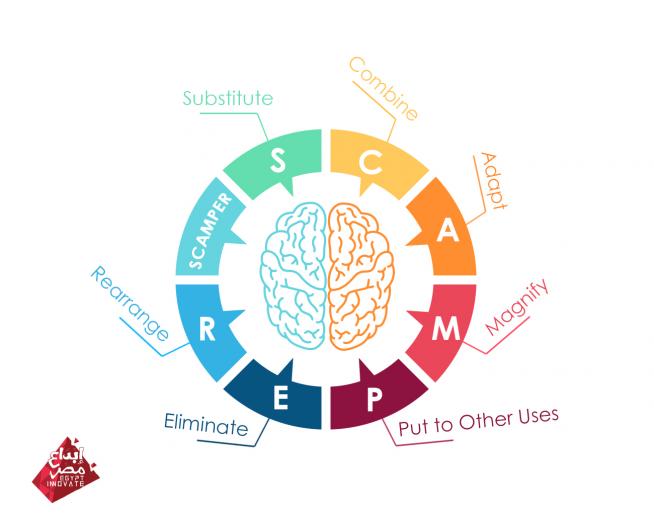
What is this tool?
SCAMPER is a method you can use to ignite your creativity and help you overcome any challenge you may be facing in your business. SCAMPER is based on the assumption that everything new is a modification of something that already exists. It uses a list of probing questions to help you reach to the creative within. SCAMPER was created by Robert Eberle in the early 70s, based on an initial list from brainstorming originator Alex Osborn. And is still used till now.
Each letter in the acronym represents a different way you can alter the way you see your challenges and trigger new ideas:
● S = Substitute
● C = Combine
● A = Adapt
● M = Magnify
● P = Put to Other Uses
● E = Eliminate (or Minify)
● R = Rearrange (or Reverse)
When and why is this tool used?
Use this tool when you’re generating new business models, trying to develop a new product or service, or adding new features to your product or service. This is where creative brainstorming techniques like SCAMPER can help by encouraging you to come up with fresh ideas and think about how you could improve on existing ones.
How is this tool used?
Step 1 (GET READY):
To use the SCAMPER technique, first download the template we prepared for you below. In the top part of the template, start with identifying the problem you’d like to solve or the idea you’d like to develop. It can be anything; a challenge in your process, a product or service you want to improve, or even a personal problem.
Step 2 (SCAMPER AWAY!):
Now move on to asking the questions about your challenge using the SCAMPER acronym to guide you. Come up with as many questions and answers as you can.
• S = Substitute. What can I replace in the composition, the material, the appearance etc. of the product?
Example: Using plastic plates and eating utensils instead of traditional ceramic plates and metal utensils to save cost.
• C = Combine. What can I combine with the product to improve it?
Example: Siemens was the first to combine cameras with mobile phones, and that revolutionized the way we use our phones till now.
• A = Adapt. Can I adapt the product to something else or can I copy something from other sectors?
Example: The first lightweight foldable baby strollers were adapted from the plane’s retractable landing wheels.
• M = Magnify/Minimize/Modify? What can I magnify, minimize or modify about the product?
Example: Soda companies offer you different bottle sizes to fit your individual or family and party needs. This way, they maximize their profit by making the same product larger or smaller thus appealing to more customers. Same goes for offering two packs of a product for the price of one.
• P = Put to other uses. Can I use the product for something else?
Example: Some products didn’t get any success until they were put to completely different use than what was originally meant for them. Children Play-Doh was first an unpleasant white compound used for wallpaper cleaning. It was about to go extinct because people started installing easily cleaned wallpaper and didn’t need it anymore. Until its manufacturers decided to add some colors to it and sell it for kids to play with.
• E = Eliminate. What can I eliminate from my product to make it sell more?
Example: Juhaina and Lamar offer sugar and preservative free juices thus manage to attract a whole new sector of health-oriented consumers.
• R = Reverse/Rearrange. Is there anything I can reverse, turn inside out or do in a different order?
Example: Clothes that can be worn both “out” and “inside out” are a clear example of reverse step.
Similarly, Facebook has rearranged the appearance of personal profiles and news on the user’s news feed several times.
Step 3 (ANALYZE):
Finally, look at the answers that you came up with. Does any stand out as suitable solutions? Could you use any of them to create a new product, or develop an existing one? If any of your ideas seem doable, then you can explore them further.
Hints for using this tool
Some of the ideas may be impractical or may not suit your circumstances. Don't worry about this – the aim is to generate as many ideas as you can.
Case Study
A classic example is McDonald's’ success story. Looking back, it’s easy to identify many of the ideas they used through the SCAMPER lens:
S- Substitute
● McDonalds replaced the traditional potato chips with its now world famous french fries.
C– Combine
● McDonalds partnered with Disney to encourage children to buy happy meals by giving them a free toy with the meal they order.
A– Adapt
-
Their Drive Thru concept is inspired by on the idea of a fast Formula 1 pit stop, where the racing car stops during a race for refueling, new tires and repairs.
M– Magnify \ Minimize \ Modify
-
A number of franchise owners wanted to expand the basic menu, their solution was to make the burger larger and that's how the Big Mac sandwich came out. In the MENA region, they modified their sandwich by using Arabian flatbread bread instead of the traditional bun to match with the Arab Culture.
P– Put to other uses
-
To develop other sources of income, McDonald’s invested in the real estate business. They would lease and develop a site, then release it to the franchisee, who would have to pay rent as well as franchise fees. Today, 10 percent of the company’s revenue comes from rentals.
E– Eliminate
-
In the 2000s, they introduced the $5 menu where you can get elements of a combo meal individually way cheaper.
R– Rearrange \ reverse
-
McDonalds introduced a new consumer experience by having them pay first then eat.
Pros and Cons
It is very useful for brainstorming and overcoming creative block. You can recycle any subject or idea into something else by transforming it in some fashion using the SCAMPER questions. However take into consideration not to waste time, at first, arguing with your team over validating the individual ideas. Instead, focus on coming up with as many ideas as possible. Because as you know, the more ideas you have the greater the chance of a great idea to emerge.
Image credits: Freepik









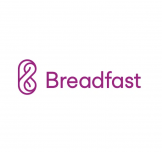


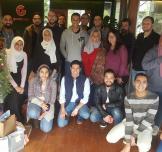




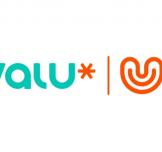

































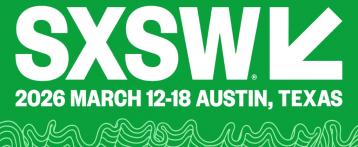


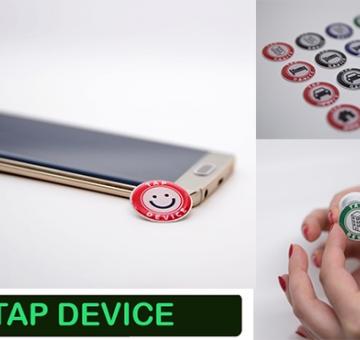
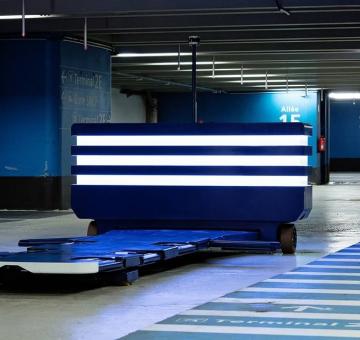














EgyptInnovate site is not responsible for the content of the comments